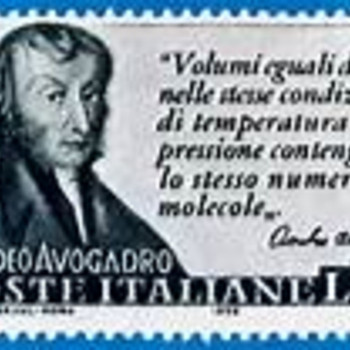What is the empirical formula of a compound composed of 3.25% hydrogen (H), 19.36% carbon (C), and 77.39% oxygen (O) by mass?
2 Answers
May 7, 2016
Explanation:
We assume
We divide thru by the SMALLEST molar quantity, that of carbon, to give an empirical formula:
May 7, 2016
Explanation:
Assume that there is 100g of the substance, so there would be
Divide each mass by the molar mass of their respective element.
Divide by the smallest number. In this case,
So the empirical formula is


